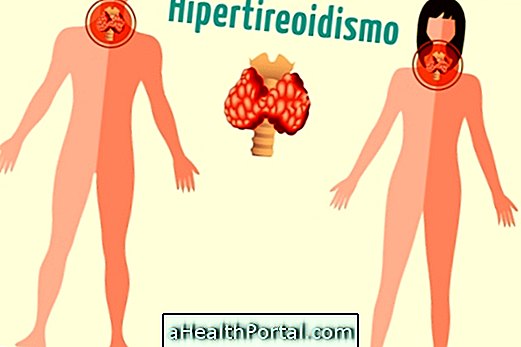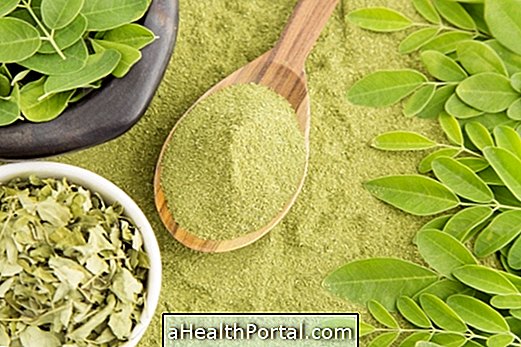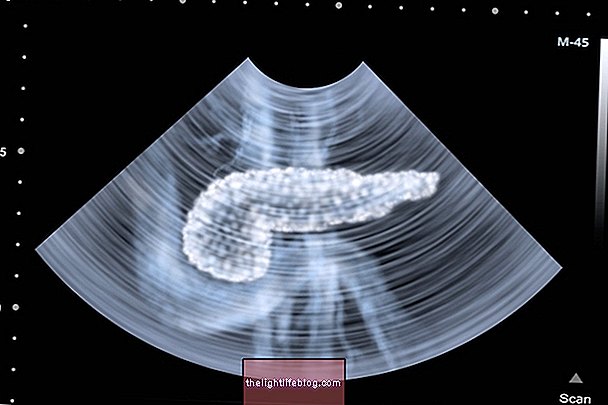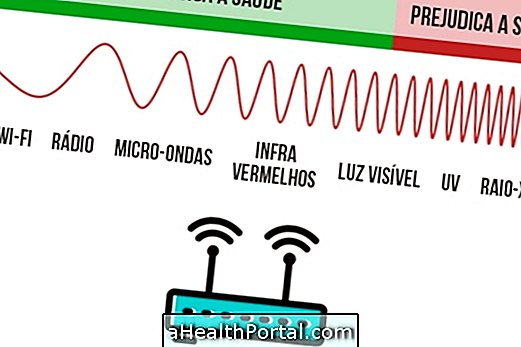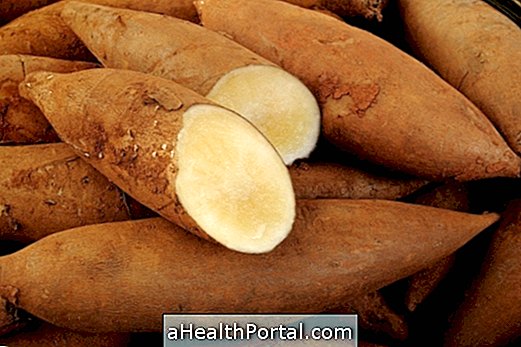The glycemic index is an indicator of the rate at which the carbohydrate present in a food reaches the bloodstream and changes the blood sugar level. Thus, foods with a low glycemic index, such as beans, pear and oat bran, cause glycemia to be controlled longer, delaying the onset of hunger after a meal.
From the glycemic index values, foods are classified into 3 categories:
- Low GI: when the glycemic index is less than or equal to 55;
- Mean IG: when the glycemic index is between 56 to 69;
- High GI: when the glycemic index is greater than or equal to 70.
To know the classification of main foods, see the complete table of glycemic index of carbohydrates.

It is important to remember that the glycemic index is only applied to foods that are mainly composed of carbohydrates such as cereals, pasta, sweets, rice, potatoes, fruits, dairy products and vegetables, not existing for foods based on proteins and fats such as meats, eggs, olive oil and butter, as they do not alter glycaemia.
Glycemic index and glycemic load
While the glycemic index corresponds to the rate at which carbohydrates in the food increases blood sugar, the glycemic load is linked to the amount of carbohydrate present in the food: the more carbohydrate, the greater the change in blood glucose.
The glycemic load classification is done as follows:
- Low glycemic load: values up to 10;
- Average glycemic load: values from 11 to 19;
- High glycemic load: values from 20.
The glycemic load is important because not always a food with a high glycemic index will be able to change the glycemia badly. For example, watermelon has a high glycemic index and a glycemic load of only 4, which means that a slice of watermelon does not have enough carbohydrate to raise blood glucose too much.
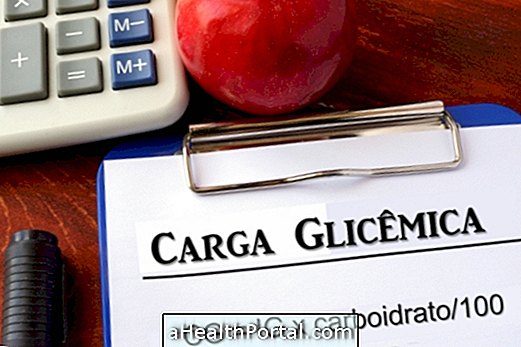
How to Know the Glycemic Index of Foods
To be more confident about the value of the glycemic index of foods, one should look at the table, but the following tips are useful for assessing whether a particular food has a high or low glycemic index:
- The more cooked or more processed a food, the greater its glycemic index: juices have a higher glycemic index than whole fruits; the mashed potato has a higher glycemic index than the whole baked potato;
- The more mature a fruit or vegetable, the higher its glycemic index;
- Fruits and vegetables in bark have lower glycemic index than peeled;
- The longer a food is cooked, the higher the glycemic index: a mass al dente has a lower glycemic index than well-cooked dough.
So a good tip to avoid foods with a high glycemic index is to consume food in the most natural way possible, consuming fruit and vegetable skins whenever possible and avoiding industrialized products. See examples of foods with low glycemic index.
Glycemic Index to Improve Training
Before training, you should consume foods from low to moderate glycemic index, such as bananas and sweet potatoes, as they will raise blood glucose slowly, giving you energy for the moment when the workout begins.
If physical exercise is intense and lasts longer than 1 hour, high-glycemic carbohydrates should be consumed to quickly replenish energies for training, and carbohydrate gel, isotonic drinks or fruit with higher sugar concentration may be used, such as the prunes.
After physical activity, the athlete should also prioritize the consumption of foods with medium to high glycemic index, to replenish carbohydrate stocks and accelerate muscle recovery. Here's how to use the glycemic index to improve your workout and see examples of meals in this video:






